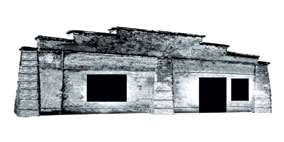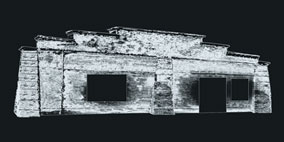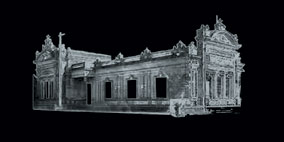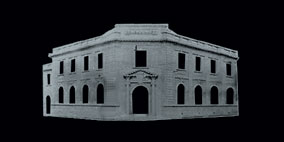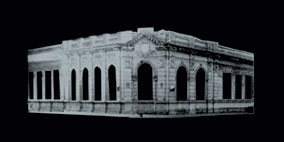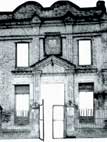



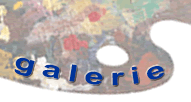
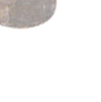
|
" Remember me "
In 1889, the first Jewish immigrants arrived in Argentina on board the "Wesser", which had sailed from Kiev. They were accommodated in the Hostel of Immigrates in the port of Buenos Aires. Once they had been counted, they boarded the train that was to take them to their new land. And so a new life began for those people from Russia and Central Europe, who had fled the pains of poverty and persecution. In a very short time, 62 of the 130 children and almost all the elderly had died due to the unhealthy characteristics of the location, lack of water, unsound housing and lack of treatment for the plague. Some people left, while others found somewhere healthier to settle, not too far away. Since Jewish tradition dictates that the dead must remain near their family, they brought them too. They established Moisés Ville. The Jewish colony transformed the fertile land into a vast farming area. The town became powerful; the people made their living from agriculture and the Sanctor factory. Growth and development were interrupted when the sons of settlers moved away to Argentinian cities and universities. Parents followed their children to Buenos Aires, Cordoba and Santa Fe. Now, 80% of the population of Moisés Ville is of Italian origin. They continue to celebrate Jewish festivals and feast days. One hundred years later, prompted by the stirrings of family memories, Rosalia Maguid, a doctor and photographer, took the old cotton tablecloths embroidered by her grandmothers out of a chest. She glued on to them old family photographs, and tablemats on which she wrote words in Hebrew, creating celebratory banners. These tablecloths are the substance of memories, the thread that enables her to weave the weft of a new history. It is, after all, Maguid who is relating the chronicle. In recent years, Maguid has conducted research into the origins of Jewish immigration to other provincial Argentinian towns, gradually imbuing the process with a vivid eloquence. As this research progresses, another picture unfolds inexorably. The naturalistic image of the camera shot is disguised and camouflaged. The pictorial style erases the detail of doors and windows, with the effect of transforming architecture into sculpture. This transformation uncovers the emptiness of what society creates. In Maguid's work, public architecture is reduced to its proper rhetoric. Camilo RACANA (september 2003) |
